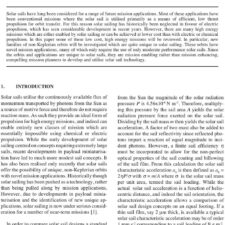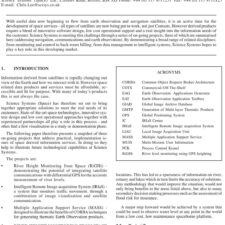Orbital Civil Engineering: Waste silicates reformed into radiation-shielded pressure hulls
£5.00
R. J. Soilleux (2019), JBIS, 72, pp.244-252
Refcode: 2019.72.244
Abstract:
In addition to solar power the extra-terrestrial resource most likely to be utilized in future space manufacturing is near earth asteroids (NEAs) for volatiles and metals. Methods are proposed for reforming the waste stream from metal extraction into strong anhydrous glass (AG) to make radiation shields half the thickness of water-based shielding as well as pressure hulls for spacecraft. Power for vitrification is half that for cement production. Benefits include maximum utilization of expensively shipped raw materials and the avoidance of a potential hazard and waste disposal problem. One-piece monocoque shells are strong, avoid radiation shine paths, and are robust enough to last for centuries. Much construction mass is provided by the shielding and material processing is minimized. Simple methods and minimal materials processing will enable largely autonomous construction of basic components although high-tech equipment must come from Earth until it can be manufactured in space. Further development should enable very large structures to be built from reinforced AG using additive manufacturing techniques as detailed in later SPACE Project papers. Using such methods, it is estimated that an O’Neill Island 1 class orbital habitat could be constructed in 10 years.





